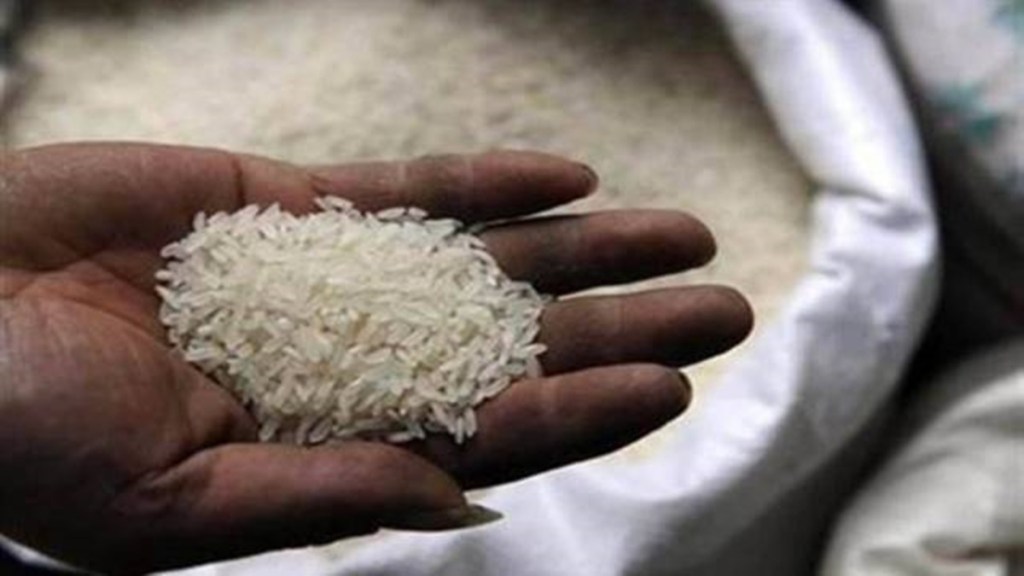Sowing area under summer crops — rice, pulses, millets and oilseeds — is marginally down so far this season at 6.92 million hectare (MH) compared to the previous year, according to agriculture ministry data released on Friday.
The sowing area under rice and oilseeds (groundnut, sunflower and sesame) has declined marginally by 1.91% and 0.9%, respectively, on year. The area under coverage for rice is 2.78 MH so far against 2.98 MH in the year-ago period. Oilseeds area at present is at 0.99 MH compared to 1.08 MH in the previous year.
Area under pulses, including green gram (moong) and black gram, has risen to 1.96 MH from 1.84 MH, and that under millets and coarse cereals by 0.43% to 1.17 MH from 1.13 MH a year ago period.
Summer crops are grown during March-June in areas with assured irrigation facilities.
Meanwhile, the government last week set a marginally higher target of 332 million tonnes (MT) for foodgrain production during the 2023-24 crop year (July-June), against the estimated output of 323.5 MT in the current crop year.
The higher target for foodgrains — paddy, wheat, pulses, oilseeds and coarse cereals is despite the possibility of a deficient monsoon due to likely El Nino conditions developing during the later part of the monsoon.
The India Meteorological Department (IMD) last month had predicted that southwest monsoon rainfall during June-September is likely to be in the ‘normal’ range at 96% of the benchmark long-period average (LPA).
Rainfall between 96-104% of the LPA is considered ‘normal’. IMD will provide the updated forecast on the monsoon rains later this month.
If the IMD’s prediction holds true, the country would receive ‘normal’ or ‘above normal’ rainfall for five consecutive years. This is expected to give a boost to the sowing of kharif crops — paddy, tur, soybean and cotton — while also ensuring adequate soil moisture for rabi crops like wheat, mustard and chana.
Another positive factor is that the 146 reservoirs in the country now have water levels at a comfortable 22% above the 10-year average, according to the latest Central Water Commission data.
____________________________________


